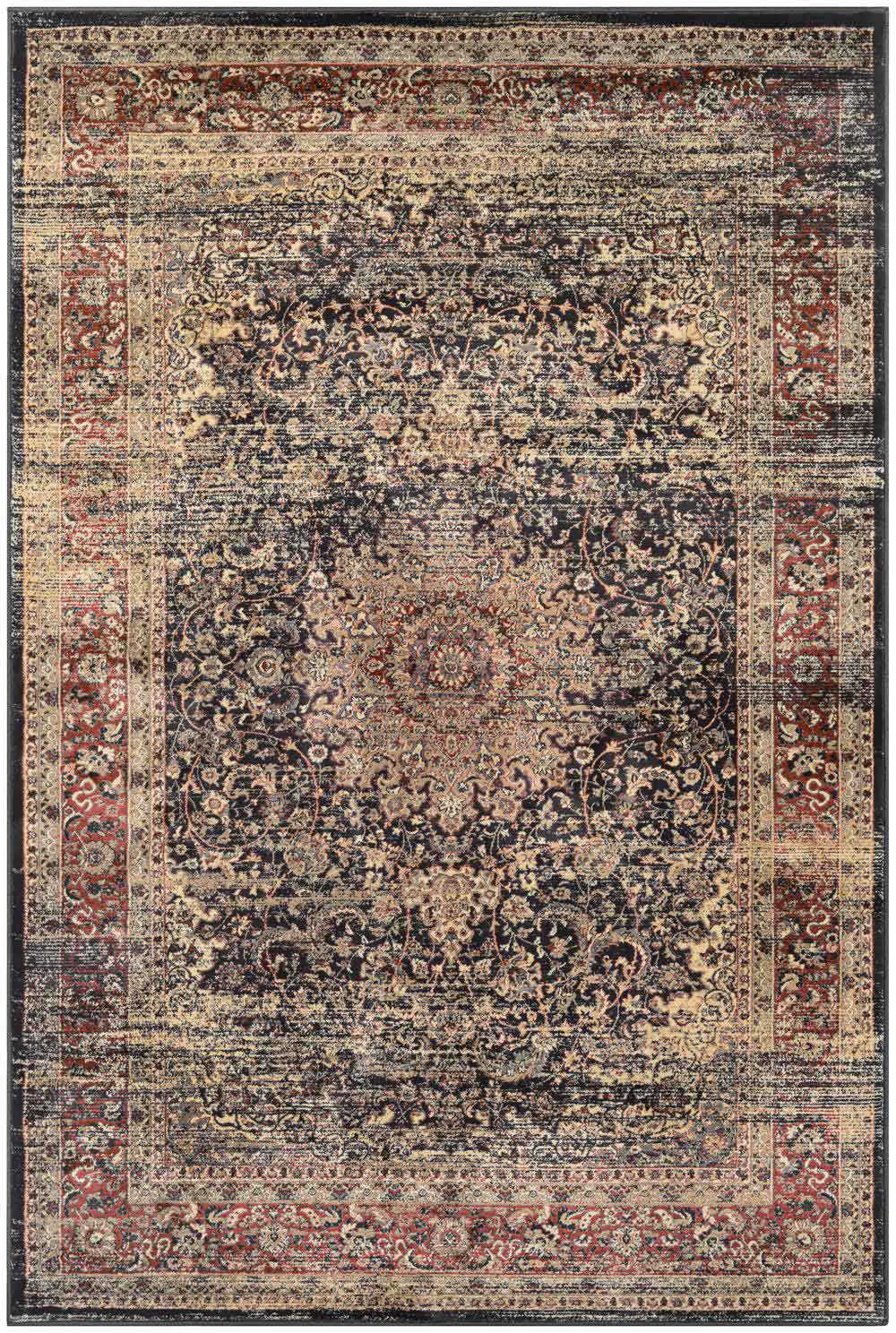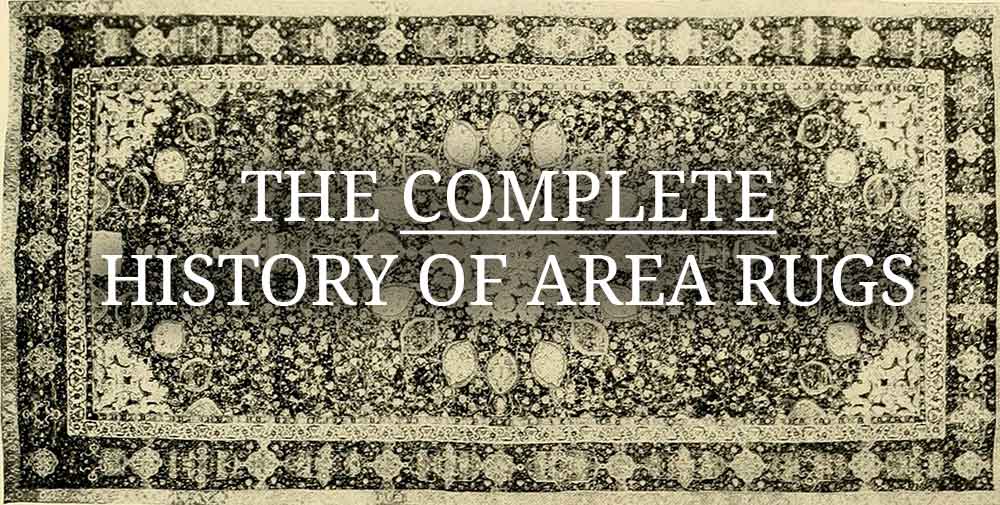
(Photo Credit: Internet Archive Book Images)
Area rugs have been an important part of human civilization for just about as long as humans have been around. The history of area rugs is a long and varied past, complete with plenty of interesting tidbits along the way. Although it may be difficult to imagine area rugs existing as far back as early nomadic tribes, it is very true that these cultures were among the first to develop the rug, and to set it on a course toward the beneficial and decorative household item that we know and love today. The next time you sit down in your living bedroom or take a rest in your bedroom and catch a glimpse of the area rug you have chosen to decorate your space, remember the long and arduous journey that rug has taken throughout time to reach the floor of your home.
Early Rug History
The earliest uses of area rugs remain some of the most intriguing even still to this day. Although it is difficult to look far back into human history and understand exactly how area rugs were first used, it is safe to assume, based on archaeological evidence, that they have been a part of human life since around the year 3000 B.C. At this time, nomadic tribes were fond of keeping sheep, goats, and sometimes even camels as a part of their herds, as they moved across the land from place to place.
Animal Hair
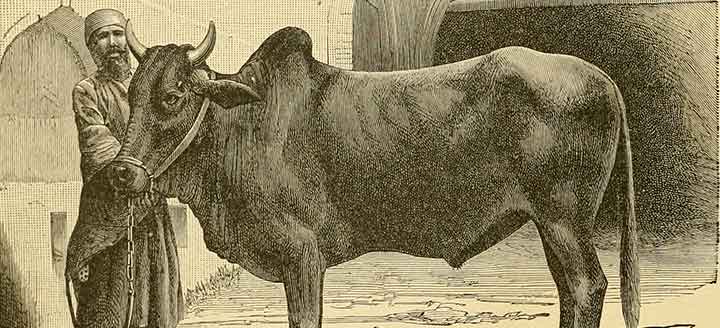
(Photo: Internet Archive Book Images)
Although these tribes did not stay in one spot for too long, they were fond of weaving together the fibrous hairs of their herding animals in order to form the first rugs. When the tribes packed up and left their dwelling places behind, their rugs were often brought along with them whenever possible. These items quickly became very useful, particularly for tribes living in cold climates and looking to block the cool air from coming up through the ground.
Rug of Pazyryk
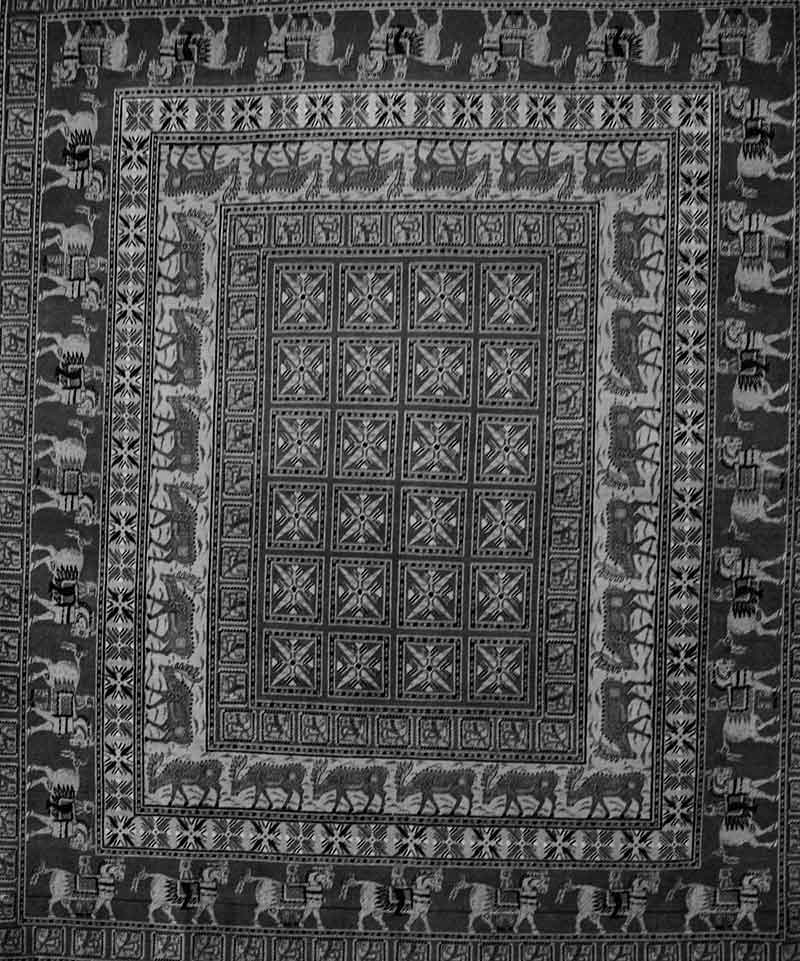
(Photo: Flikr: Ninara – Reproduction of the Pazyryk rug)
Around two thousand years later, a massive carpet known as the rug of Pazyryk was supposedly made. This is the oldest still-existing rug in the world, and it was discovered in the 1920s on the plateaus of Siberia. Although we do not have physical records of any rugs of this size predating the Rug of Pazyryk, it is clear that rug-making was already a common practice by the time this incredible carpet was produced. The carpet features three hundred knots per inch of surface space, and it is decorated with repeating patterns of deer, lotus flowers, and crosses, as well as griffins. This rug offers an incredible insight into the minds and abilities of the nomadic people who created it, and it also showcases a significant time period in the history of area rugs.
It is believed that the Rug of Pazyryk originally came from Persia, which could lend itself to the reason why Persian rugs remain so popular even today. It is possible, however, that it may have come from Armenia instead. Either way, the rug is an important relic of a culture that was deeply rooted in carpet weaving and other textile arts, and it gives us a clue as to what the existence of area rugs was like during this time long ago.
The Rise of Oriental Rugs
By the 7th century, the world of the area rug had changed drastically. No longer were rugs simply used for beneficial purposes. Now, they were seen as something much more. In particular, rugs in the 7th century began to be used as a type of decoration for the home, as well as for places of business. It soon became apparent that rugs were something to be cherished, treasured, and well cared for, as they served several different purposes. The rest of the world still had yet to catch up on the use of the rug as a status symbol as well as elegant interior decoration, but the Middle East and Asia had already started to make the most of their affinity for area rugs.
Religion
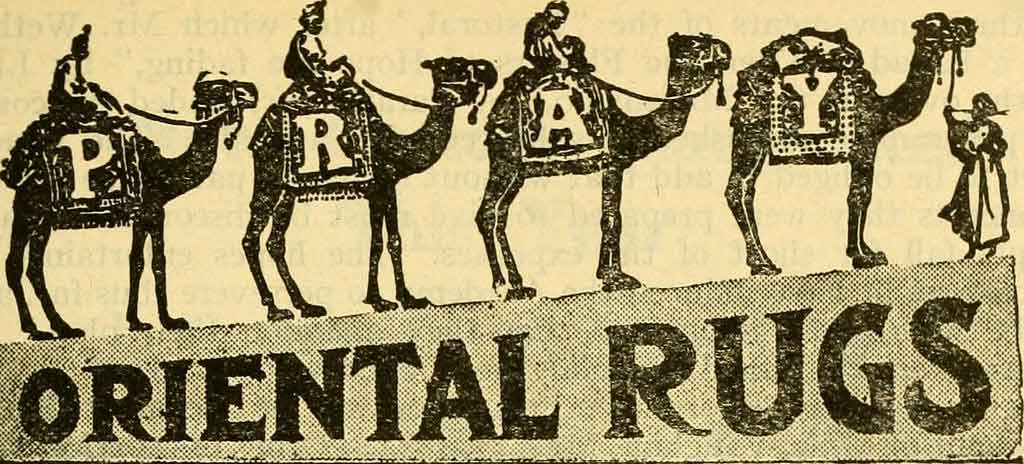
(Photo: Internet Archive Book Images)
As the Islamic religion began to grow significantly throughout the Middle East during the 7th and 8th centuries, this part of the country began to develop their rugs even more. Rugs which were once much more functional than they were beautiful soon took a turn for the elegant and refined, and “oriental” style area rugs were born. These rugs were more like massive carpets that could be dyed, woven, and intricately worked to create scenes of realistic or mythical wonder for their owners. Many of the rugs dating back to this time period focus on several different aspects of Islamic religion and Middle Eastern culture, both of which are well represented in the carpets and tapestries from the 7th century.
Spread
As area rugs became more and more popular throughout the Middle East, this common practice soon reached European countries by way of the Crusades. As Crusaders retook the Middle East and parts of Asia, they brought back area rugs and carpets, which sparked a fire of interest in the people of these Western nations. Soon, France and England had jumped onto the area rug bandwagon, and custom-made rugs soon become a symbol of wealth and prestige throughout Europe. The more money a person had, the greater the chance that he or she could pay rug makers in the Middle East and Asia to create textiles especially for them.
Rugs as Décor
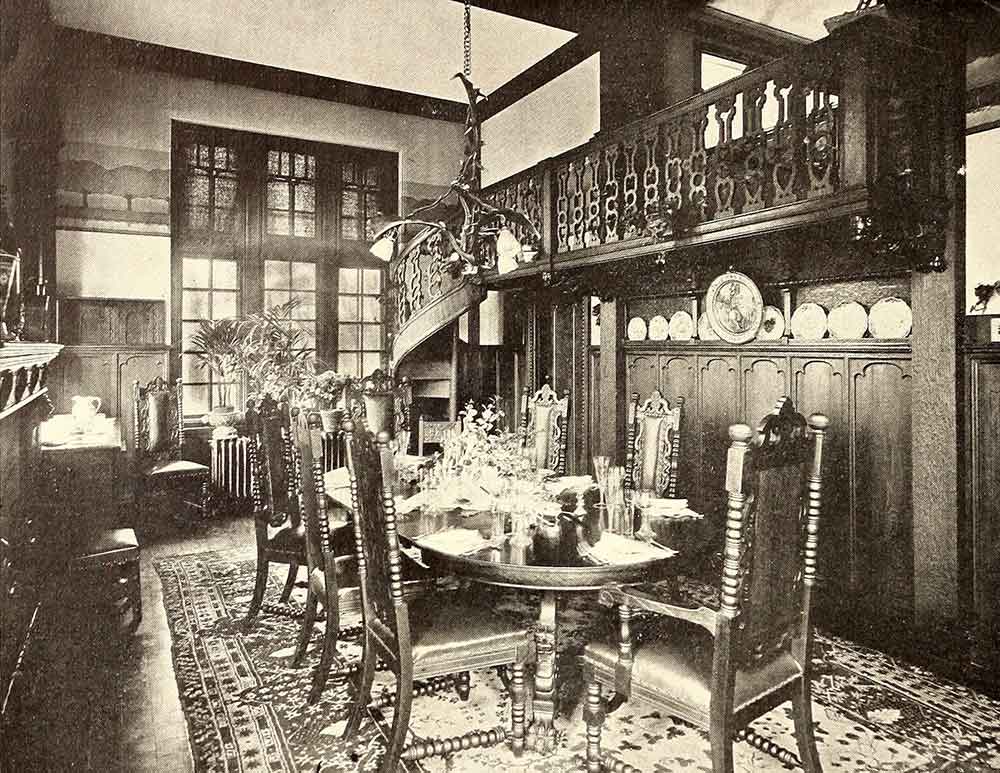
(Photo: Internet Archive Book Images)
Up until the 16th and 17th centuries, rugs were seen as a beautiful way to adorn the floors of an elegant home in just about every part of the world. However, after this point, they became so popular that intricately-woven carpets were no longer used on the floors at all. Instead, they began to be hung like tapestries on the walls, or spread over chests or ornamental tables to serve as a focal point in a room. It was around this time, too, that rug making began to shift toward Europe, and Western countries started producing their own area rugs, rather than relying on shipments from the Middle East and Asia to supply them with their textiles.
Traditional Rugs Enter the Home
If you are looking for a spacious area rug in a traditional style to fit your home décor, check out the Jaipur Mythos Selene carpet from Bold Rugs. This beautiful brown and black area rug is accented with pops of burgundy red to call to mind the textiles of the Middle East and Asia. When you are looking for the perfect modern twist on the classic Oriental area rug, look no further than this exquisite design.
Rugs Transition from Old to New with Modern Styling
As the concept of area rugs began to spread throughout Europe, and Western countries began to see their own rug making trends develop and flourish, area rugs took yet another turn toward the types of textiles we know and love today. Paintings that date back to the later part of the 18th century feature rugs as important parts of the interior decoration of many European homes. More affluent families used area rugs to hang over their windows like curtains, and still others covered their cupboards with these beautiful and intricate creations. It was around this time that rugs began to see more and more of a Christian influence, and the mythological and culture references from Middle Eastern and Asian rugs slowly started to give way to more Western trends.
Changes in the Industry
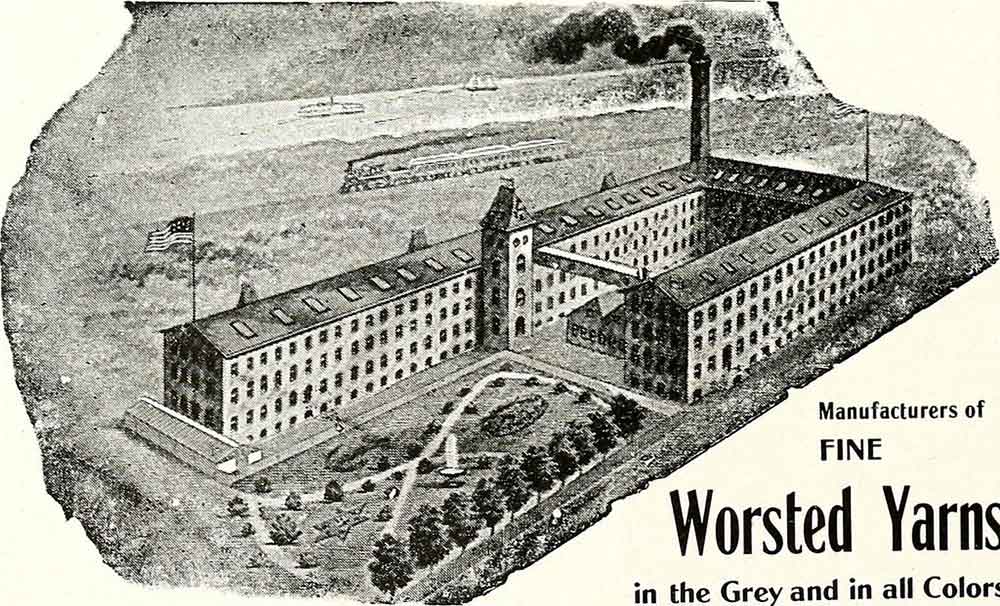
(Photo: Internet Archive Book Images)
The rugs themselves were not the only part of the carpet-making world that was beginning to change. In the 18th century, rug makers were employed heavily by carpet manufacturing companies throughout Europe. These people, who had originally only been paid by the completed product, were now able to earn a living on an hourly weaving salary instead. This was a huge stride for textile workers. Unfortunately, this time period also saw a rise in forced labor in the world of area rugs, particularly in India, and because of this, many European countries cut off trade with Indian carpet manufacturers. Western and Eastern area rugs were becoming ore and more separate every day.
Production
In a mere one hundred years, area rugs made another drastic shift. Where these rugs had been previously dyed with natural ingredients, and often through methods that could be dated back to the times of the nomadic people who invented area rugs in the first place, synthetic dyes suddenly became much more widespread. In the 19th century, most rugs were colored using synthetic dyes, which made the rug making process much easier and more streamlined. Oriental rugs soon moved to a machine-made production line, and human employees and laborers were significantly cut back. Soon, the rest of the world would catch up, and the industrial age would encompass even the humble area rug.
Abstract and Modern Rugs for the Home
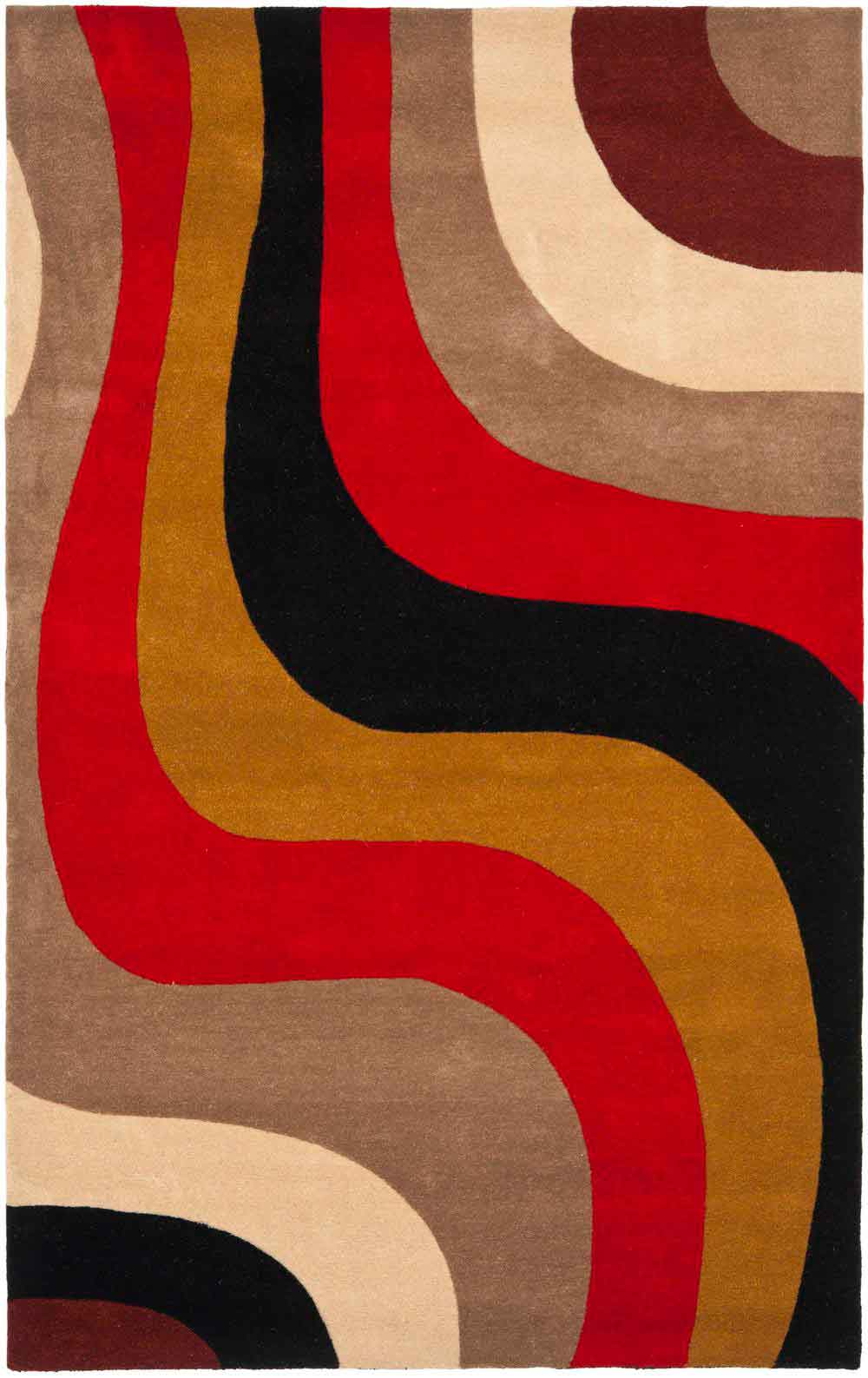
Check out the Safavieh Rodeo Drive area rug, available from Bold Rugs, for contemporary area rugs. This area rug comes in a wide variety of sizes to fit just about any room of your home. With several different contrasting designs in complementing colors positioned in horizontal stripes along the body of the rug, this beautiful textile is the perfect addition to any Bohemian space.
Now: Area Rugs Today
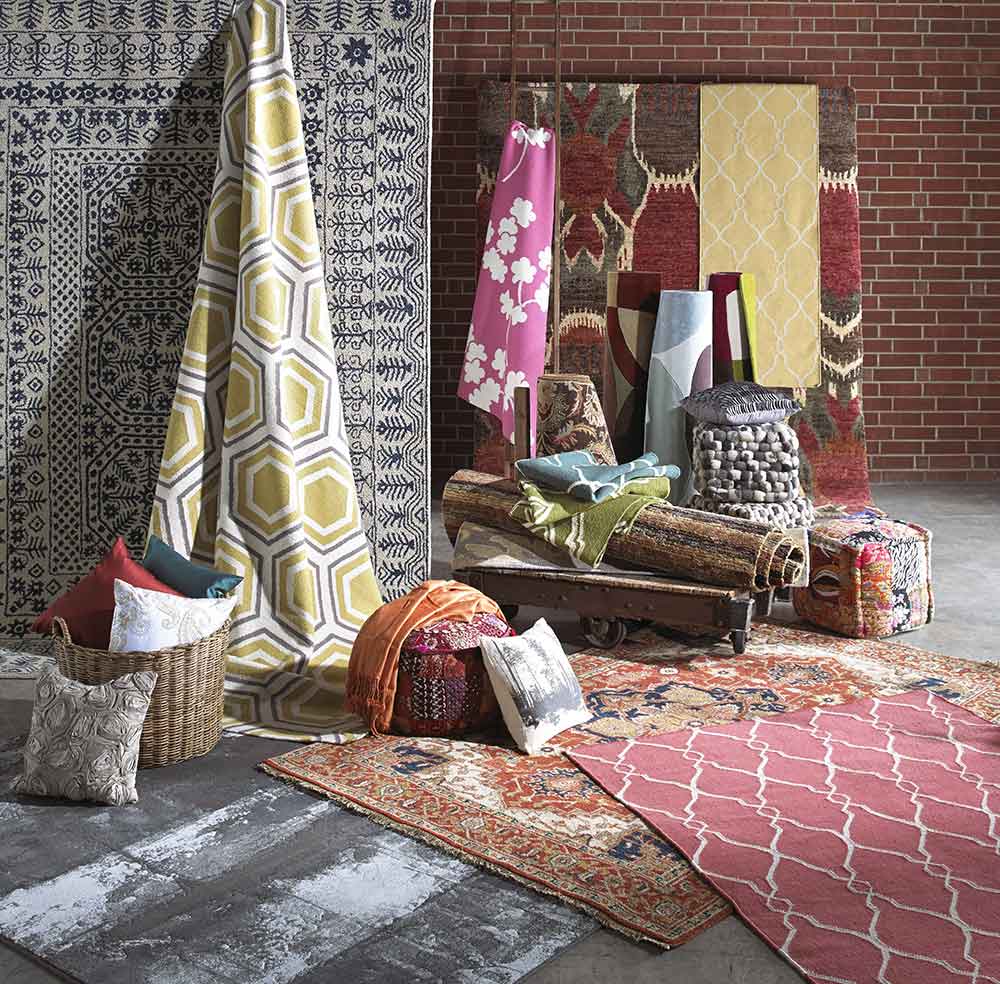
Today, there are as many different styles of area rugs as there are countries, colors, and types of weaves available to make them. The process of machine rug production has made the creation of these items much more mainstream and commonplace, and area rugs have become readily available to anyone from just about any social class. Although area rugs are no longer the symbol of affluence, wealth, and social power that they once were, they nevertheless still provide an excellent and beautiful touch to any room of your home.
The 20th Century
The discovery of the Rug of Pazyryk in the late 1940s sparked a new interest in old-fashioned Persian and Oriental rugs, driving up prices in these handmade creations once again. Even so, due to modern technologies and political embargoes both, traditional Oriental rugs were not as prevalent as they once were. Today, they remain quite expensive, and more affordable and easy to obtain options are much more popular. Many rugs today use synthetic dyes as well as synthetic fibers, which benefits those will allergies as well as anyone looking to avoid using animal products in their home décor.
Organic Rugs
Though it is very easy to buy a rug made of all synthetic materials, since the 1990s, a trend back toward the organic roots of the area rug has been forming. More and more commonly, now, rugs are woven out of natural materials and colored with dyes that come from organic ingredients. Because of an increased awareness in environmentally friendly production and green resources, area rugs are slowly returning to the beneficial, beautiful, handmade items that they once were. Although it is unlikely that synthetic area rugs will ever go completely out of style, it is refreshing for many homeowners to find several different options when making the right area rug selections for their living spaces.
Organic Rugs for Your Home Today
Select a rug like the Surya Scarborough from Bold Rugs to add a pop of color and plenty of organic, all-natural resources to your home. This beautiful, hand-knotted rug is made from hemp and features an elegant geometric design that pairs well with modern décor or something a little bit more timeless.
Today, area rugs are functional, beautiful, readily available items that can make your home look excellent. No matter what type of rug you are looking for, you should have no trouble finding the perfect accent for any room. Area rugs have been through a long journey to become what they are today, and it is important to remember just how different today’s rugs are from those of the past. Even so, if you are interested in antique area rugs with a bit of historical and cultural value, you can easily find modern-day replications that bring to life all the elegance and refinement of a time long gone.
